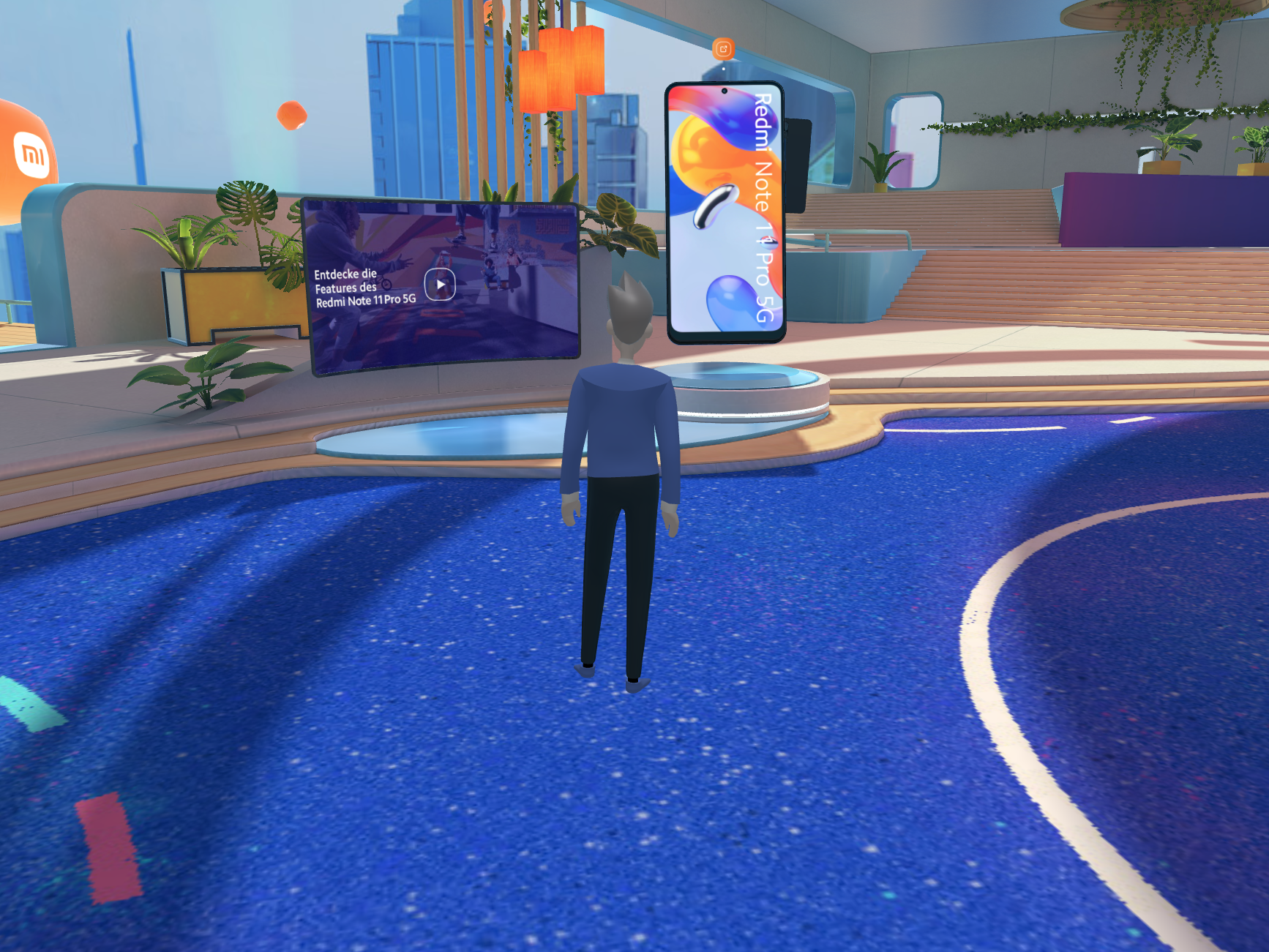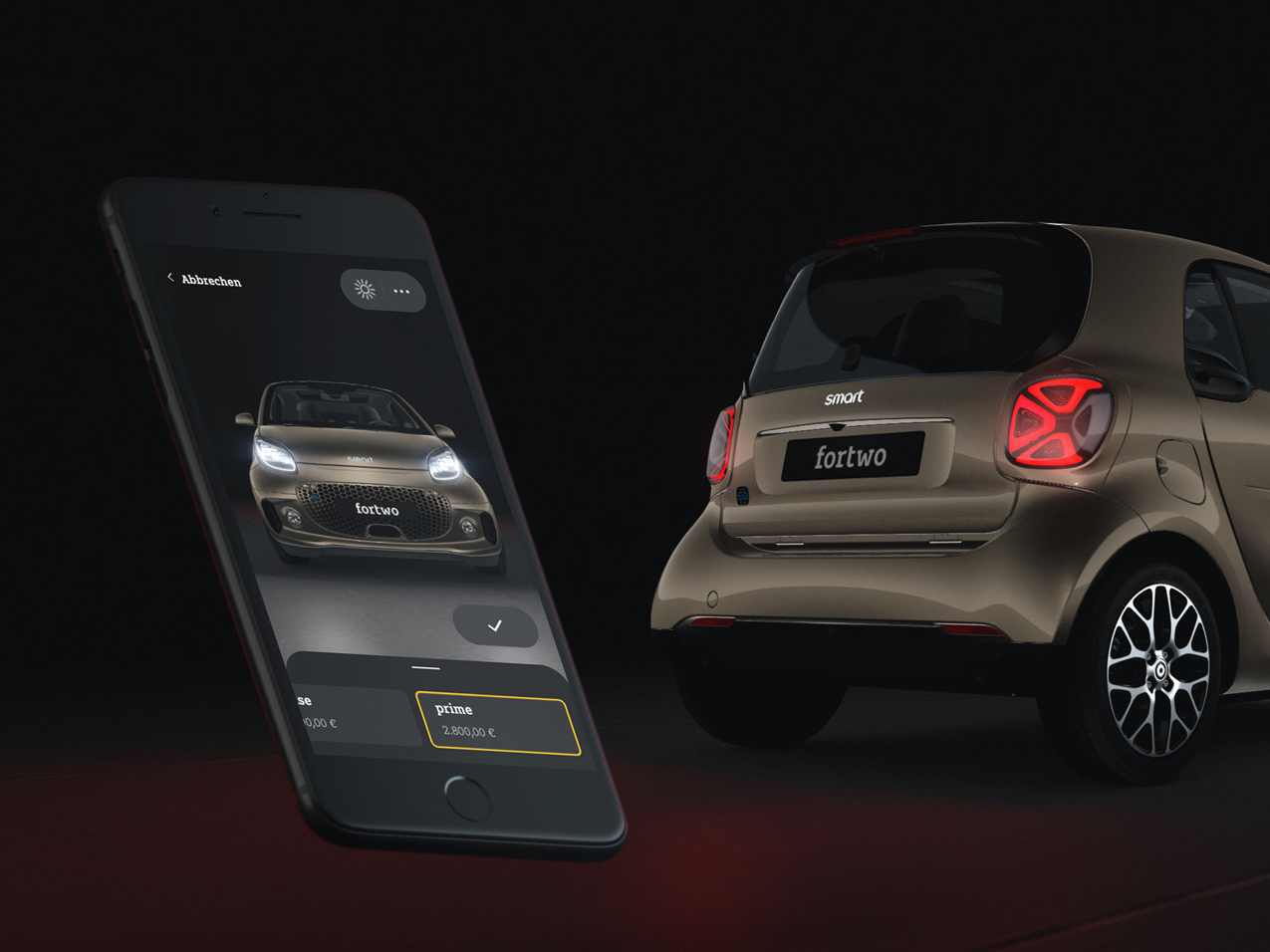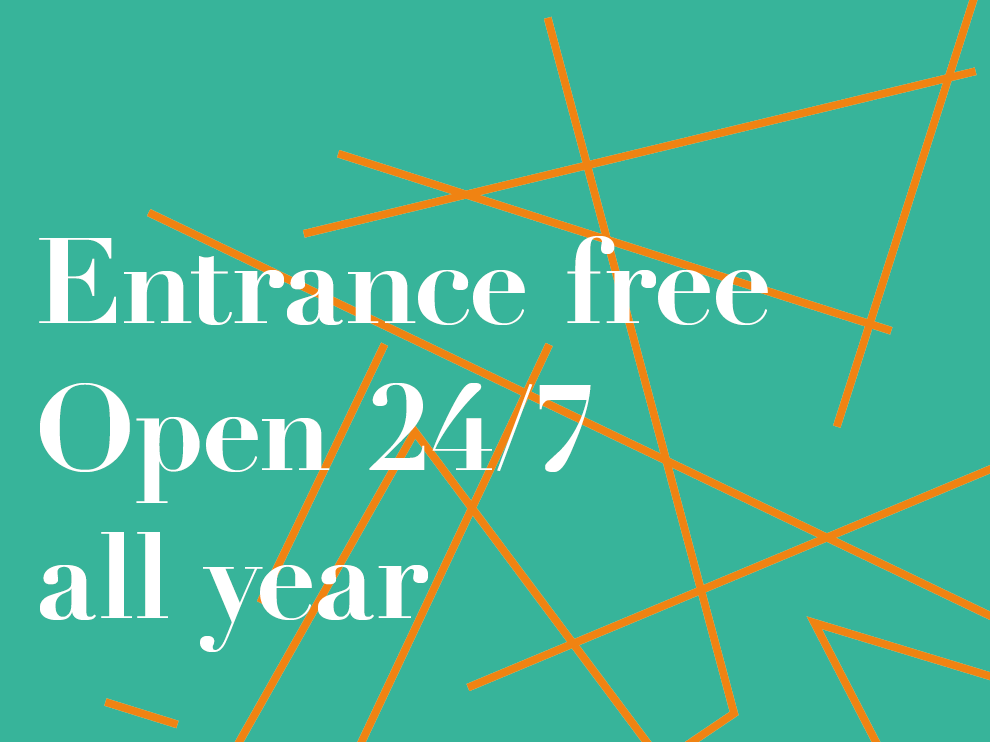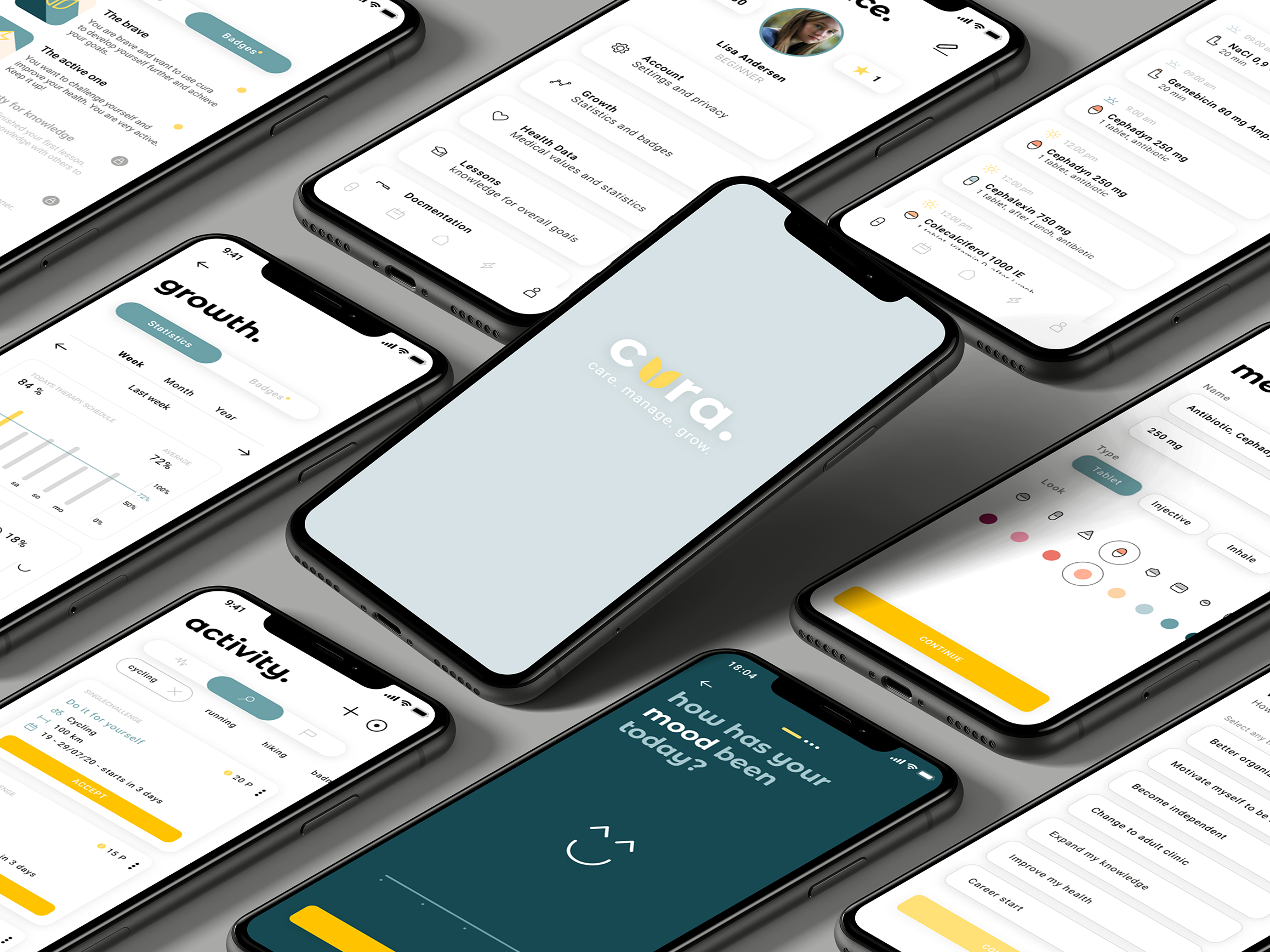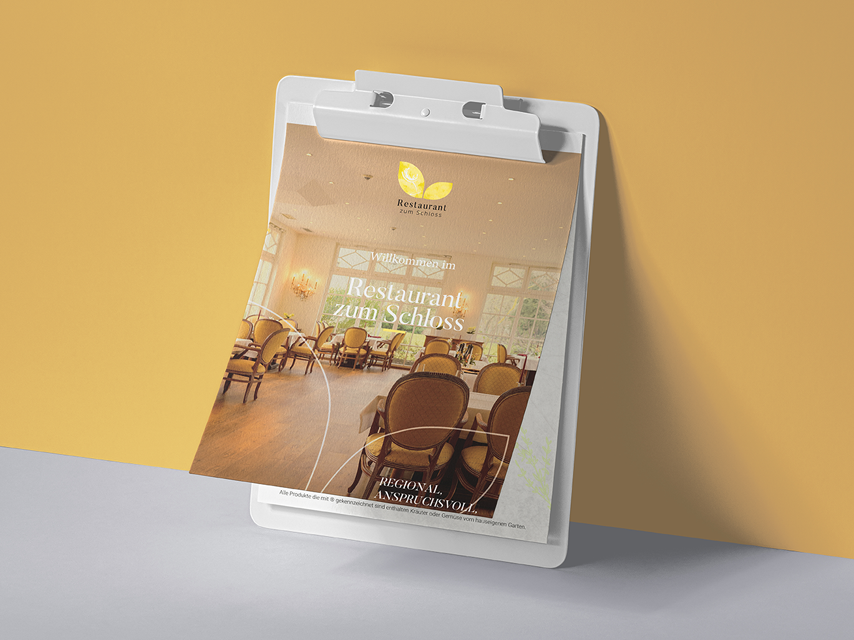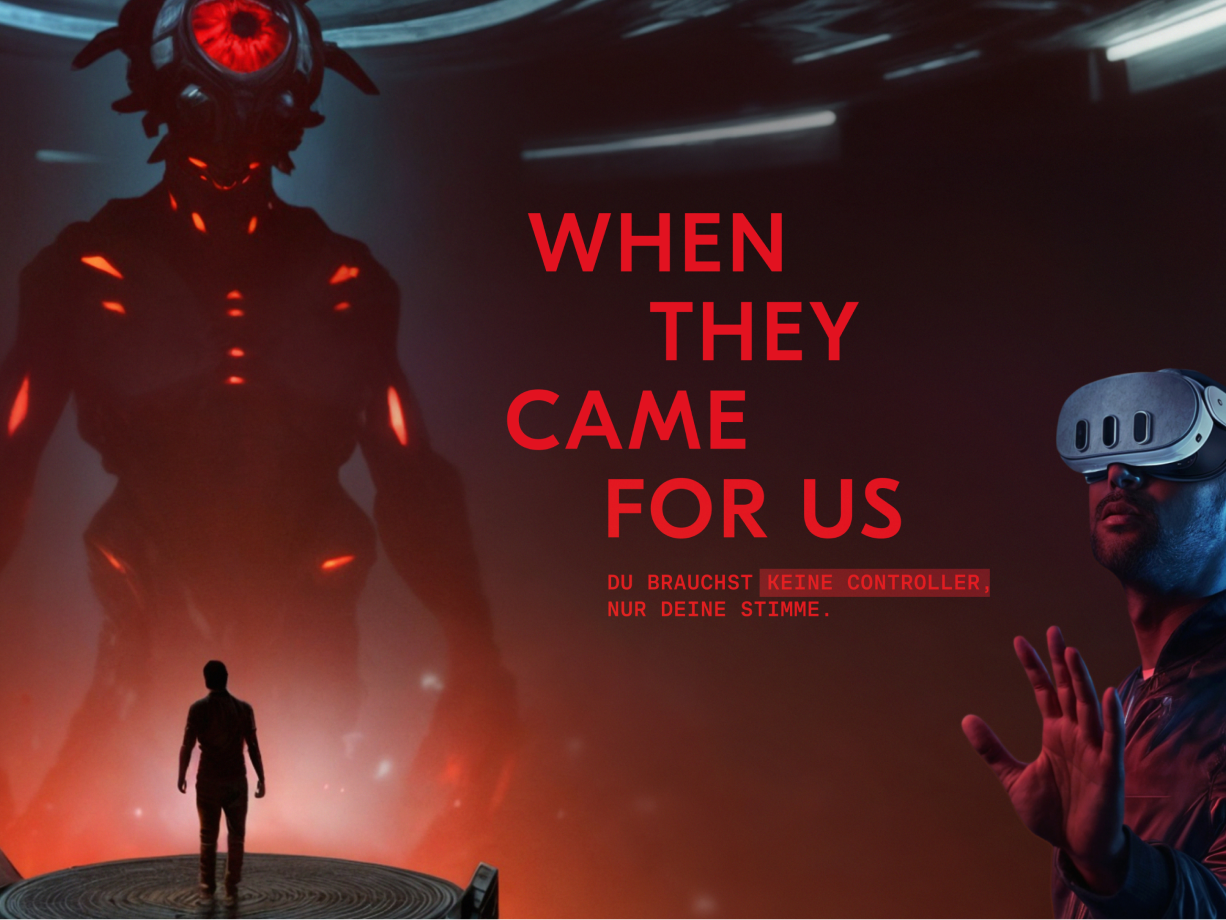VR Application for a Hospital Environment
Cooperation project between Danske Kunstakademis Skoler for
Arkitektur, Design og Konservering with Onkologisk Klinik, Rigshospitalet. ↑
Arkitektur, Design og Konservering with Onkologisk Klinik, Rigshospitalet. ↑
Imagine you were a patient suffering from cancer. A few months ago, you received the diagnosis and it has been a struggle ever since to take care of your daily life. You have make frequent visits to the hospital to undergo tests, treatments and to also have conversations with your nurse. With an interest in game design, this project sets out to examine how we might improve the private space for consultations at the department of oncology, using game design theory and tools as our foundation for the exploration and creation of possible solutions.
Her first chemo therapy is almost over. She is not feeling very well, has a lot of questions and doesn't really know how to cope and move on.
She seeks advice from someone who understands the disease and wants her to speak openly about her concerns.
Its really important for her to listen to her patients, to understand them, to hear their story. With empathy, heart and compassion.
She is frustrated because the consultation room is busy, so they have to sit in the hallway.
She is frustrated because the consultation room is busy, so they have to sit in the hallway.
Problem statement 🔨
This is an example of how the situation is currently at the department of oncology at the University Hospital of Copenhagen. The lack of privacy is one of the greatest challenges. It could be better. This realization was our motivation to takle the problem.
As we are studying game- and interaction design, we chose to work from a game designer’s perspective. In game design, you need to consider many elements when designing an environment, like player experience, levels, rules, signs, colors and shapes, and we argued that many of these share traits with the elements considered in real-life environment design.
As we are studying game- and interaction design, we chose to work from a game designer’s perspective. In game design, you need to consider many elements when designing an environment, like player experience, levels, rules, signs, colors and shapes, and we argued that many of these share traits with the elements considered in real-life environment design.
Data Collection Method
Methodology
Field studies: To gain knowledge about the research area, we visited the department of oncology three times to conduct field work, which included photo documentation and interviews.
Personas: To define our target group, we made Personas as fictional characters, which you create based upon your research in order to represent the different user types that use your service.
Research: Research with the department of oncology and game design theory was done to obtain knowledge about our topic and explore how game design could be applied in designing real-life environments.
Interviews: Besides having conversations with the nurses, we carried out interviews with people participating in the user-tests to gain feedback on our solutions.
Observations: During the field studies and user-tests, we silently observed people’s emotional responses.
Survey: We conducted a survey on tendencies in people’s interpretation of shapes and colors.
Virtual Reality: Virtual reality was used as a method to collect data from users during the prototype test.
Methodology
Field studies: To gain knowledge about the research area, we visited the department of oncology three times to conduct field work, which included photo documentation and interviews.
Personas: To define our target group, we made Personas as fictional characters, which you create based upon your research in order to represent the different user types that use your service.
Research: Research with the department of oncology and game design theory was done to obtain knowledge about our topic and explore how game design could be applied in designing real-life environments.
Interviews: Besides having conversations with the nurses, we carried out interviews with people participating in the user-tests to gain feedback on our solutions.
Observations: During the field studies and user-tests, we silently observed people’s emotional responses.
Survey: We conducted a survey on tendencies in people’s interpretation of shapes and colors.
Virtual Reality: Virtual reality was used as a method to collect data from users during the prototype test.
Personas ↓
Initial Problem Statement
How can knowledge of game design be used to improve the privacy of the spaces used for conversations in the hallway?
How can knowledge of game design be used to improve the privacy of the spaces used for conversations in the hallway?
Sreenshot from the YouTube Video: The Magic Circle - How Games Transport Us to New Worlds
Theory
Magic Circle in Games
Magic Circle in Games
“The magic circle is a place of dreams and fantasy. It’s an escape for everyday problems and chores. And the most important: everything inside the magic circle is, in some way, transformative. Each time a person leaves the magic circle they bring meaning and experience.” - Vince Vader (2012)
↓
We used this theory for working with the private space.
It should be an area with different rules and which gives new meaning and knowledge to the person who enters it.
It should be an area with different rules and which gives new meaning and knowledge to the person who enters it.
"Psychologically appropriate artwork, including representational images with themes relating to waterscapes, natural landscapes, flowers and gardens, as well as figurative art showing emotionally positive gestures and facial expressions, can reduce stress and improve outcomes such as pain relief."
Healing environment
Roger S. Ulrich cited by Hayes et al. (2012)
Roger S. Ulrich cited by Hayes et al. (2012)
User Testing 🔍
Suggestions for the hospital ↓
After our research and user tests, we would suggest adding a larger, foldable divider for the corner that can be pulled out of the wall and folded as needed in relation to the space required on either side.
Positive visual stimuli to promote comfort in these colors and a low-hanging light source are recommended, as the cone itself can define a sense of privacy and promote comfort. Especially seeing the corner is so dark at the moment.
In addition, floor markings in recommended colors are recommended to distinguish the room from the hallway. A carpet would be cheap to make, but it requires further hygiene research.
Credits
Team: Sarah Marcussen, Lasse Hansen, Sofie Kjær Schmidt
My role: exploration, research, user test preparation, prototyping, visuals,
presentation, video cut.
University: The Royal Danish Academy of Fine Arts, Winter Semester 2019
My role: exploration, research, user test preparation, prototyping, visuals,
presentation, video cut.
University: The Royal Danish Academy of Fine Arts, Winter Semester 2019
